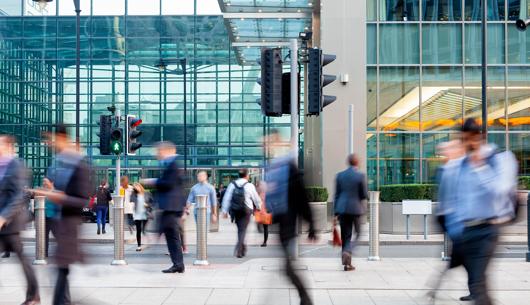How do policymakers face the ‘age of environmental breakdown’?
The Institute for Public Policy Research (the Institute) has recently published a report which considers how policy can face up to the level of human-induced environmental impact occurring on an ‘unprecedented scale’.
The Institute for Public Policy Research (the Institute) has recently published a report which considers how policy can face up to the level of human-induced environmental impact occurring on an ‘unprecedented scale’. The Institute suggests that a long-standing disregard for environmental issues has caused environmental destabilisation to reach a critical level. The report details how risks, from extreme weather to soil infertility, are far more complex than currently recognised in mainstream policy spheres. This is leading to consequences that will impact humans on a global scale. The Institute believes these risks will infiltrate social and economic frameworks leading to catastrophic outcomes such as “economic instability, large-scale involuntary migration, conflict, famine and the potential collapse of social and economic systems.” It is argued that the window of opportunity to avoid disastrous outcomes is rapidly narrowing and we are now facing an “age of environmental breakdown”.
The Institute suggest that three transformative shifts in understanding are required, in both political and policy-making spheres, in order to avoid catastrophic outcomes. These are an understanding of:
- the scale and pace of environmental breakdown;
- the implications for societies; and
- the subsequent need for transformative change.
While some progress has been made towards these outcomes, the Institute suggests that policymakers have failed to ensure that societies are robust enough to face the consequences of breakdown.
The idea that environmental destabilisation could affect social and economic constructs is not a new concept. The protests of 1982 in Warren, North Carolina in America gave an early warning of the environmental justice movement when a manufacturer of electrical transformers offloaded carcinogenic PCB waste along North Carolina’s highways. Over 500 people were arrested and there were weeks of civil unrest. Those most affected by environmental breakdown are likely to be poorer or impoverished communities when class and economics plays a key role in a person’s ability to escape from poorer environmental conditions. Unfortunately, these corporate practices are not limited to history, or just found in America. In 2016, the UK saw the biggest illegal waste dump in Europe in a river supplying drinking water to Londonderry, Northern Ireland. With a clean-up cost in the region of £100 million the notion that the poorest communities will be hardest hit by environmental matters seems entirely logical. Other supporting factors include the fact that climate change related flooding is far more likely to hit impoverished communities who are unable to mobilise funding for flood defenses or whose resources are too limited to fight the placement of contaminated landfill sites. Coupled with the fact that they will be fighting rather than dealing with environmental issues, there will be a tendency towards blocking progress for the improvement of environmental outcomes.
Consequently, our generation is now faced with the challenge of preventing environmental breakdown. We are all running a daunting race against the clock to avoid such outcomes but disadvantaged communities face a tougher fight.









































